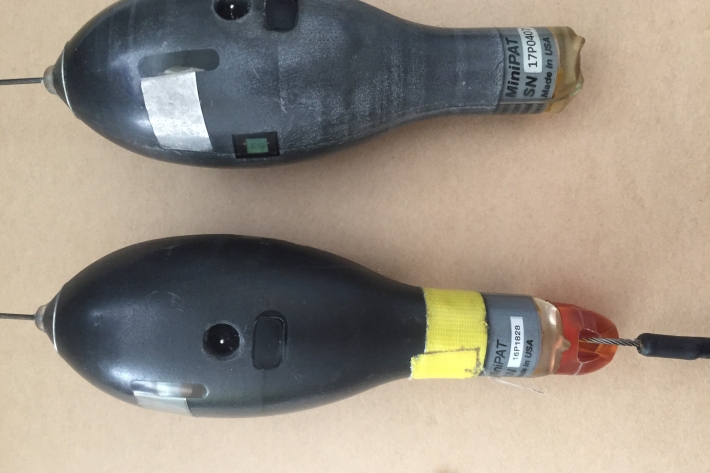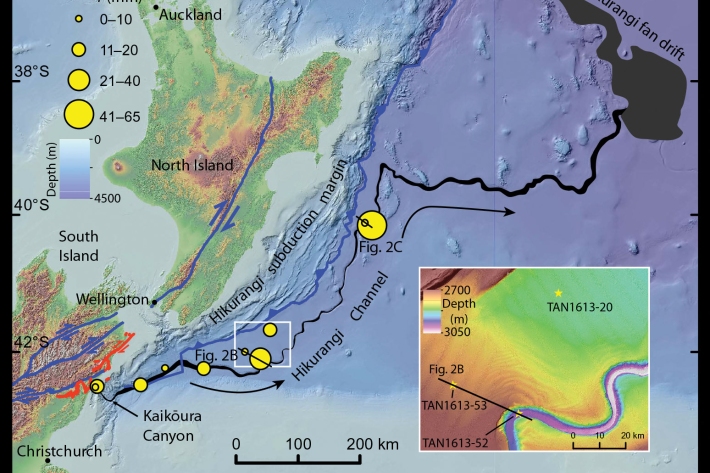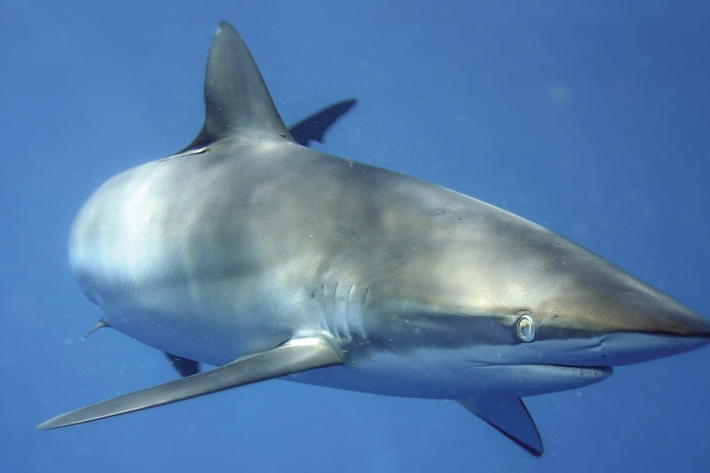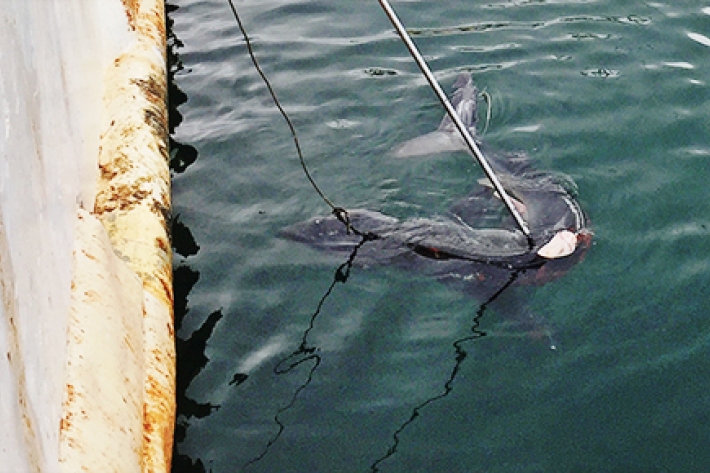-

TAN1810 Voyage partners, collaborators and funders
Who is involved in the TAN1810 SalPOOP voyage? -

Treasure found on Northland beach
Media release19 October 2018A chance find by a woman walking on a Northland beach is now helping scientists learn more about mako sharks. -

Kaikōura earthquake provides world-first insight into submarine canyons
Feature story17 October 2018Research conducted after the 2016, 7.8 magnitude Kaikōura earthquake has provided scientists with an extremely rare opportunity to understand the processes that shape submarine canyons. -

Shark survival tale
Feature story15 October 2018As part of a Pacific-wide study, NIWA is measuring the survival rate of sharks returned to the sea by commercial tuna fishers. -

Handwritten files provide sediment treasure chest
Media release02 October 2018A NIWA scientist who spent years poring over handwritten scientific notes stored in about 50 large wooden drawers, has seen the fruits of her labour now being used in ways she never imagined. -

Busy season for NIWA scientists in Antarctica
Media release24 September 2018The new science season at Antarctica is just a few days away from opening and NIWA researchers are busy packing containers and shipping them to the ice where they will be reunited with them in the coming months. -

Know your dolphin by the fin, says NIWA scientist
Media release23 August 2018Identifying dolphins using photos of the unique pigment patterns on their fins can be used to help in the management of a species, says a NIWA scientist. -

Wellington’s whale may be a good sign, says NIWA
Media release09 July 2018Wellington’s whale may be a sign they are returning to their historical habitat, says NIWA. -

Pelagic shark risk assessments
Research ProjectNIWA has developed a new method for spatially-explicit, quantitative, sustainability risk assessment of pelagic shark population. -

Shortfin mako sharks
Research ProjectSharks are vulnerable to overfishing because of their low reproductive rates and often low growth rates. Most pelagic sharks fall near the middle of the shark productivity scale, and there is concern that catching too many of them could lead to population depletion. In New Zealand waters, mako sharks are the second most commonly caught shark species (after blue sharks) on tuna longlines. -

Shark conservation one watermelon at a time
Media release02 July 2018Warrick Lyon is heading to the Marshall Islands to teach fisheries observers how to tag sharks.

